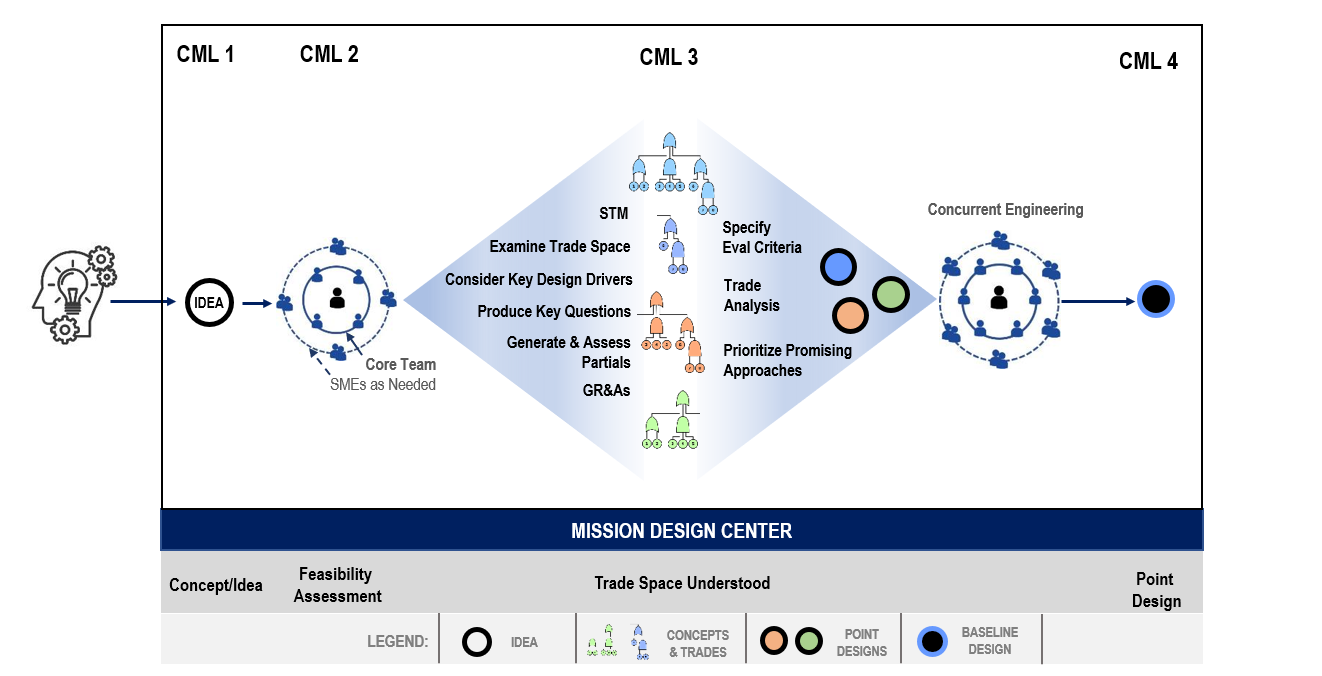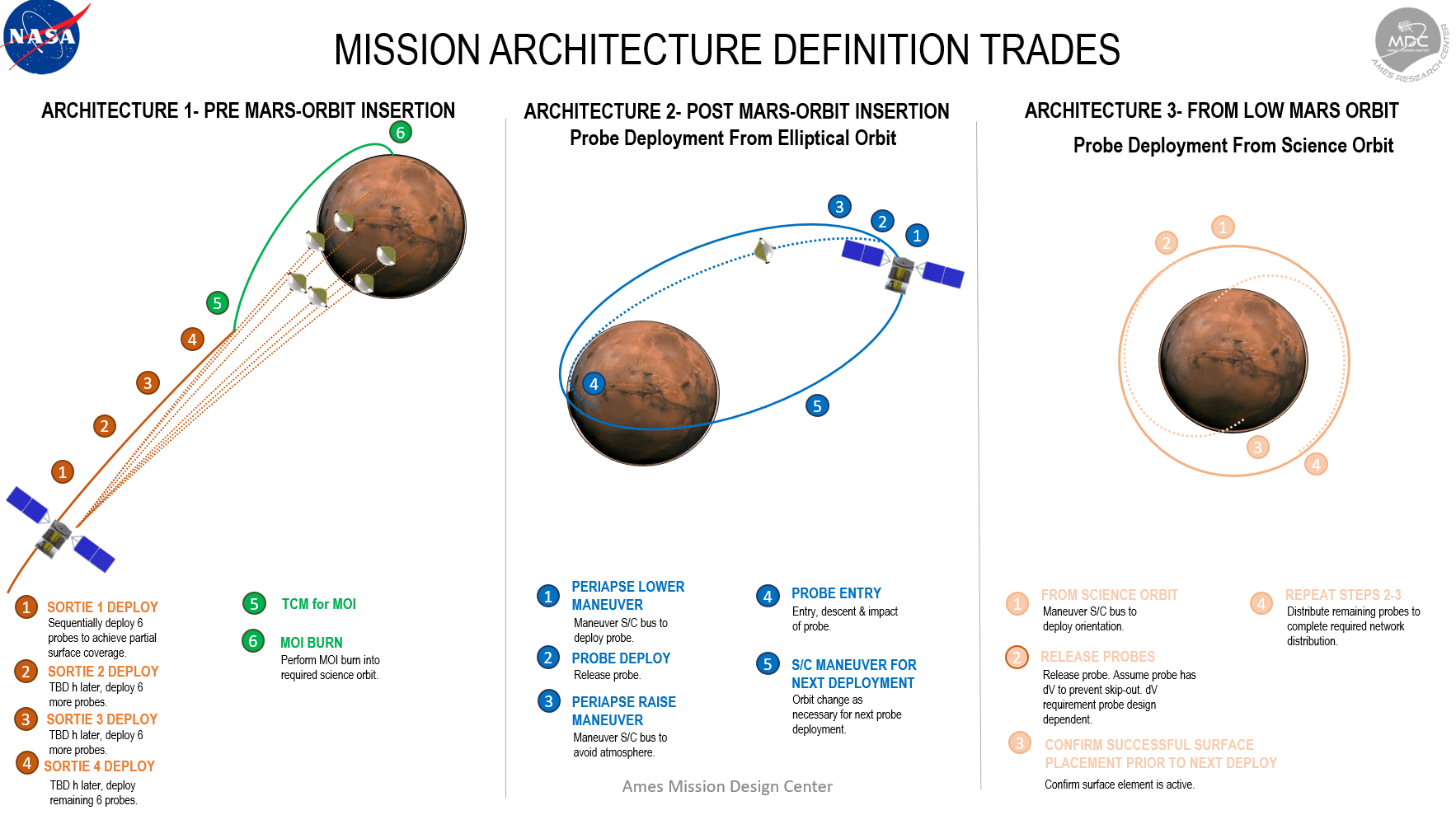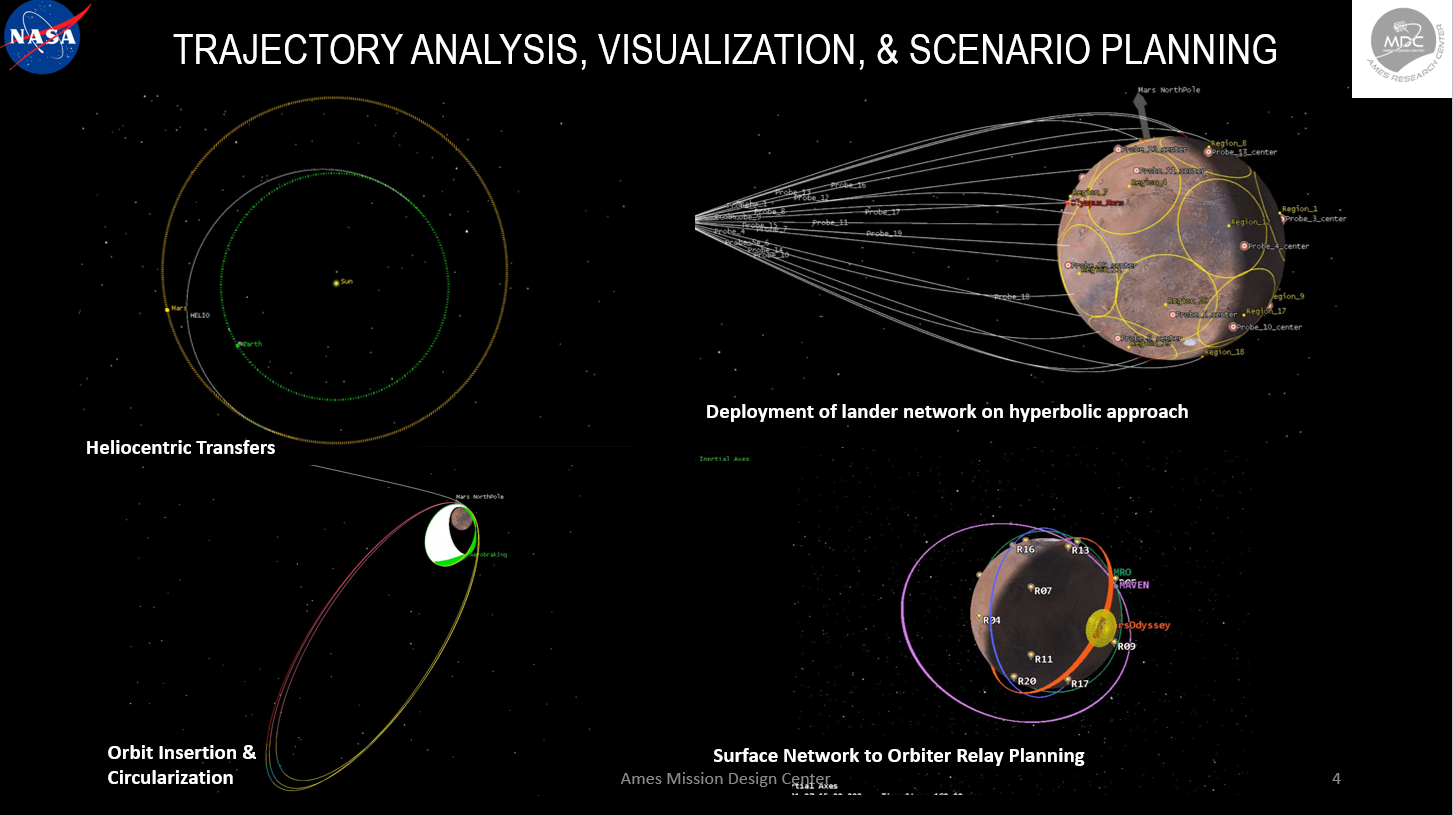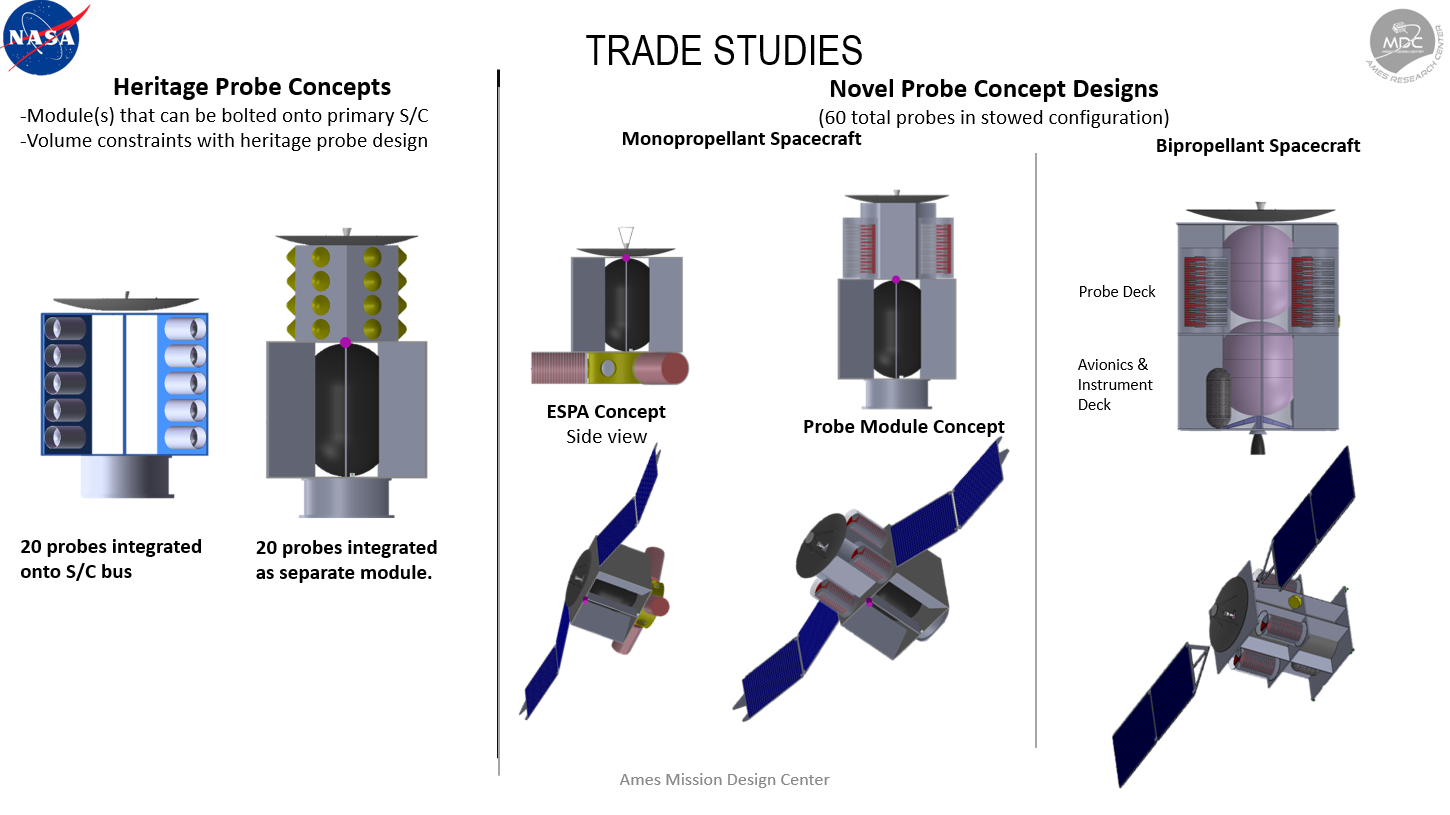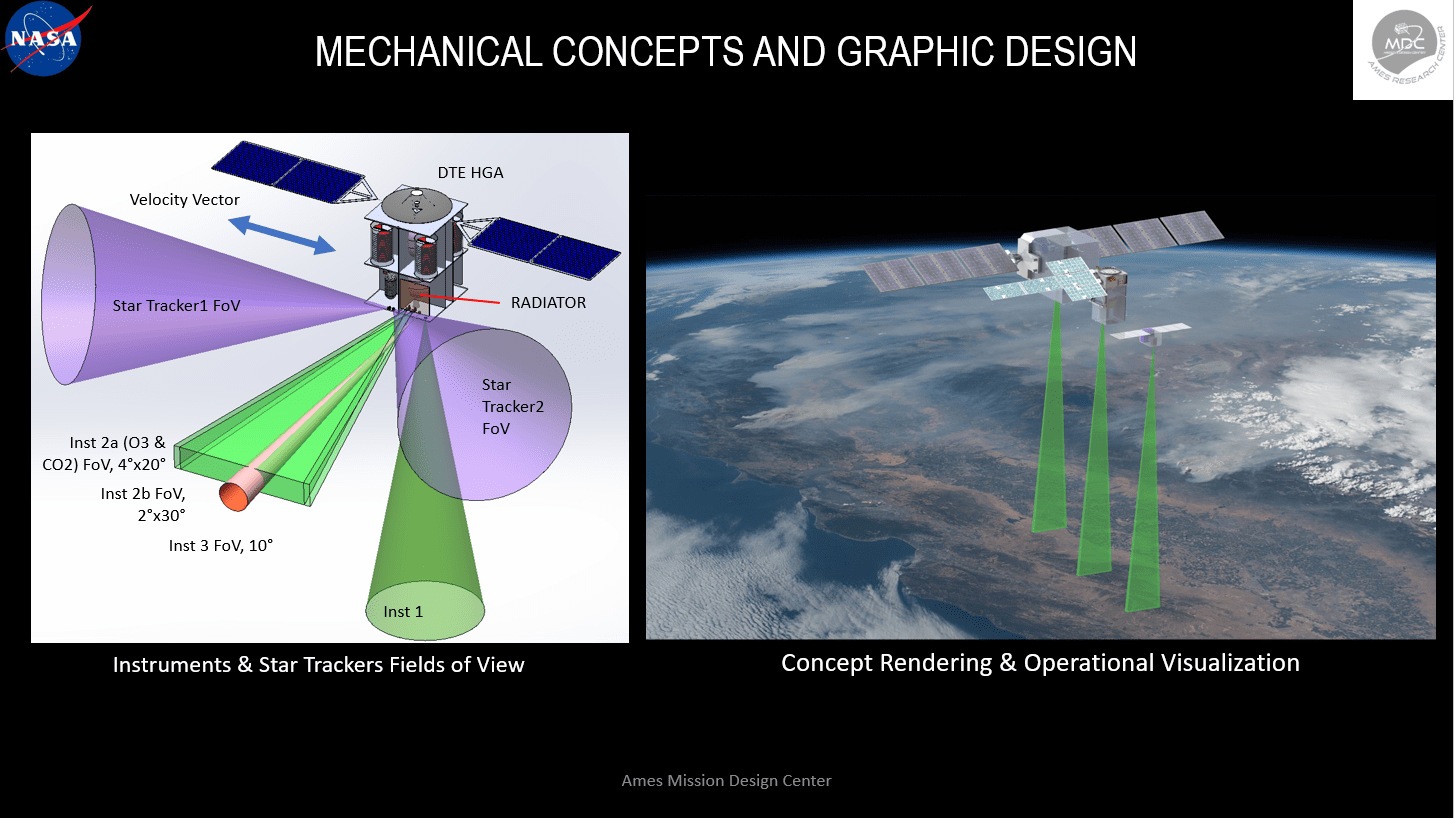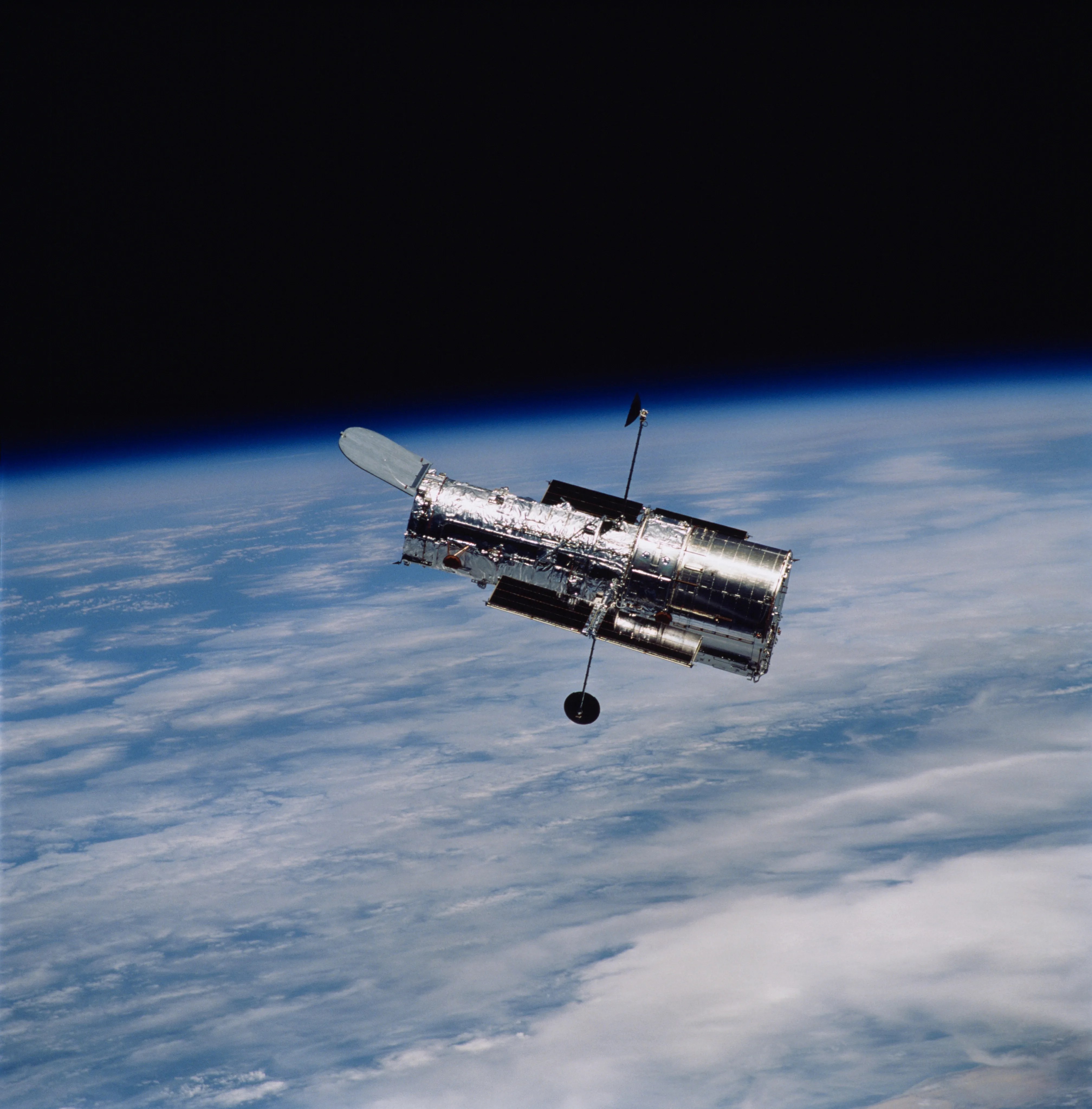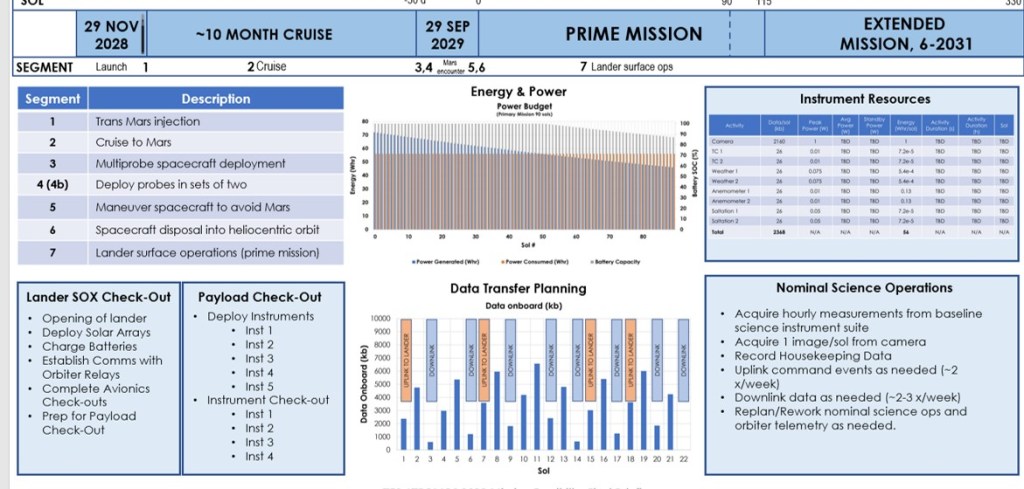
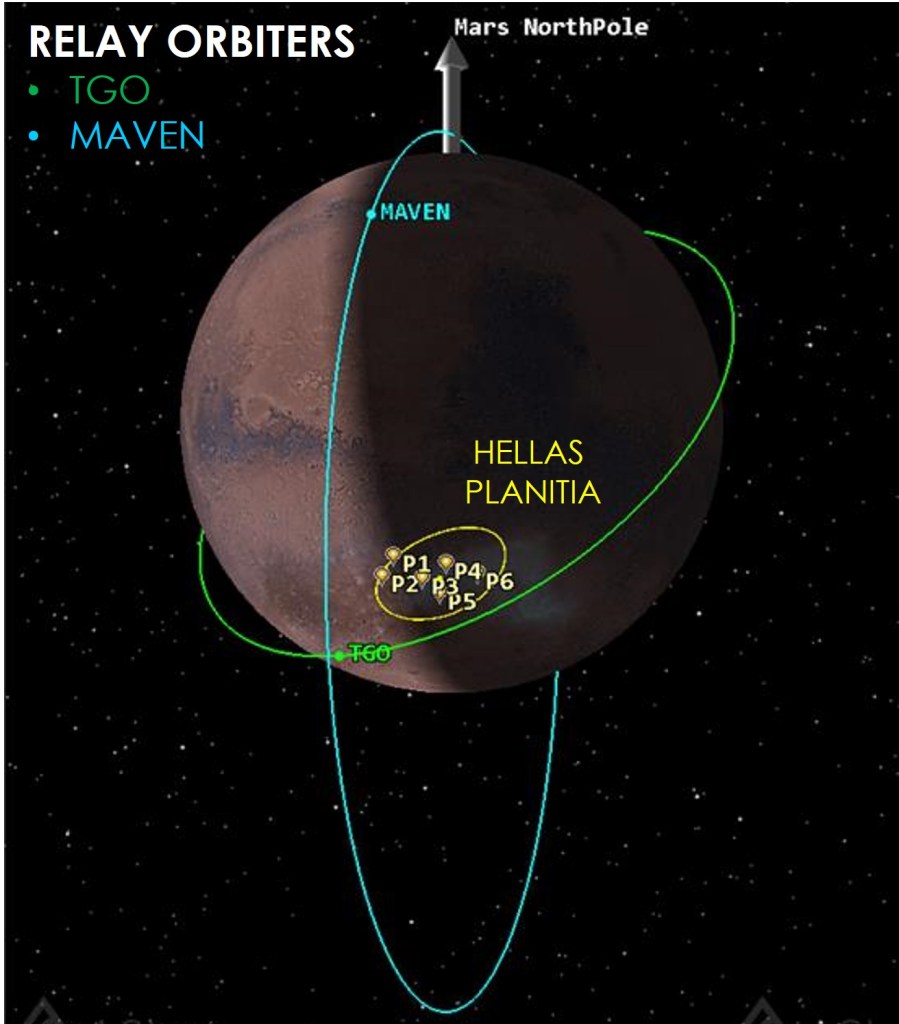
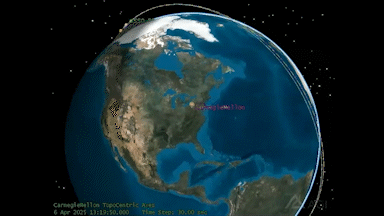
About Our Studies
The NASA Ames Mission Design Center (MDC) is a multi-disciplinary, concurrent engineering Technical Area within the Spaceflight Division that specializes in conceptual mission design. While experienced in multiple design and mission implementation levels, the MDC focuses on cost-effective, small spacecraft missions. Our spaceflight mission concept lab provides tailored support for Customers to understand if their idea for a spaceflight mission is feasible within set technical and programmatic constraints. We also provide concurrent engineering services, infrastructure, training, and trained personnel, for spaceflight mission concept development.
Schedule a Study Consultation
To get started with a Mission Design Center study, please email Alan Cassell, MDC Lead, to discuss how the MDC can assist you.
The information provided during the consultation will:
- Help us determine how the Mission Design Center can best serve your needs
- Identify the type and scope of support you require
- Define the time frame in which you need to complete the requested study
Mission Design Center Study Process
Concept Maturity Level Framework:
Concept Maturity Levels (CMLs) provide a standardized tool to advance mission concept designs and to assess the current state of a concept, effectively communicating the product’s progress and identifying remaining work to proceed to the next level. This framework has been developed by NASA’s Jet Propulsion Laboratory to assess the technical progress of a mission concept.
MDC products can be tailored to support concept feasibility and maturation from CML 1 to CML 4, with primary focus on CMLs 2-4 using a combination of Concurrent Engineering design sessions, focused workflows, and CML checklists. These frameworks are defined as follows:
CML 1: Consultation
The question of the study is formed and mission concept is established
- Mission design team engagement
- Describe MDC Maturation Framework
- Provide early mission concept feedback
- Determine stakeholder engagement approaches
CML 2: Feasibility Assessment Studies
Mission concept is expanded and assessed based on feasibility.
Study goals and formats:
- Mini Consultation (small, focused study)
- Study types include: science missions, technology demonstrations, architecture studies, and strategic guidance
- Detailed Study with larger subject matter expert (SME) pool
- Cross collaboration with external partners and/or study teams
CML 3: Trade Space Analysis
Exploration around objectives and mission design.
Study goals and formats:
- Focus on Trade Space Exploration
- Assess key metrics
- Specify evaluation criteria
- Mini consultations and detailed studies
- Includes concurrent engineering and interface analysis
CML 4: Point Design
A baseline design and cost that returns the desired output has been selected within the trade space.
Study goals and formats:
- Focused on producing baseline point design
- Format can be adjusted to work mini consultations and detailed studies
- Output includes mechanical concepts and graphic design; concept rendering and operational visualization
Point of Contact:
Alan Cassell
MDC Lead
NASA Ames Research Center
alan.m.cassell@nasa.gov


























